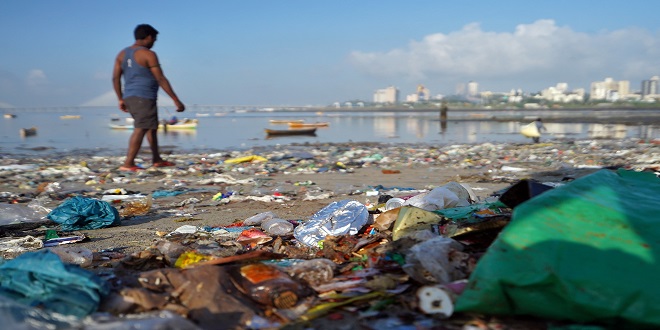How to Reduce the Environmental Damage caused by Plastic

Plastic pollution has been a major environmental topic in the UK and elsewhere. Plastic pollution is a major problem on the planet. The widespread use of microplastics around the world is raising concerns about the potential health consequences. For a quick overview of plastic pollution’s effects and how to reduce it, continue reading.
Plastic and the Ocean
The oceans contain the majority of plastic waste. Litter is transported to sea by rivers, where most of the plastic garbage will end up in the ocean currents. This route allows it to be transported around the globe.
Plastics once in the ocean are destroyed by sunlight, wind, and tides. This is not the same thing as biodegradation. Instead, the material gets broken down into small particles. These microplastics were found in all locations surveyed. These particles have no known health effects. Many scientists are concerned about the long-term health effects of microplastics for animals and humans.
How plastics affect wildlife?
Although research on the effects of microplastics is still very much in its infancy stage, there is compelling evidence that plastic kills millions of animals each year. Plastic pollution is responsible for the majority of animal deaths.
These plastics are not only harmful to animals living in the oceans. Plastics are consumed by many land-based animals, such as elephants, cattle, zebras and tigers. It can lead to death because of obstructions in their digestive systems. However, there are also signs of cell damage and reproductive disruption.
What can be done?
It is extremely difficult, if not impossible to remove plastic from the ocean after it has reached that point. There are some innovations that automatically collect plastics from the ocean before they make their way out to sea. These are not effective for large amounts of waste. It is virtually impossible to recover plastics once they have been broken down into microplastics.
The solution lies in preventing plastics entering the oceans. This could be achieved by improving rubbish collection and recycling systems, or decreasing our dependence on single-use plastics.
Polythene packaging, which is also eco-friendly, could be another solution. The majority of polythene used in packaging contributes to plastic pollution. Companies like Polythene UK aim to reduce plastic packaging’s impact by using recycled polythene, which is biodegradable.
Making an informed decision is crucial when considering Vidmate old version. Benefits include familiarity and stability. Drawbacks may involve security risks and lack of updates. Evaluate your needs carefully before choosing. Ensure compatibility with your device and consider potential risks. Ultimately, the decision rests on your priorities. Balance the advantages and disadvantages to make the best choice.
The Takeaway
Plastic pollution is a major environmental threat that is often covered in the news. There has been a lot of damage done already, some of which may not be reversed. But, this doesn’t mean that we can’t take responsibility for preventing the situation from getting worse. While some innovations help to collect plastics before it reaches the oceans, the real solution lies in changing how we relate with plastics. To limit the environmental impact of humanity, it is crucial to move towards sustainable polythene.




